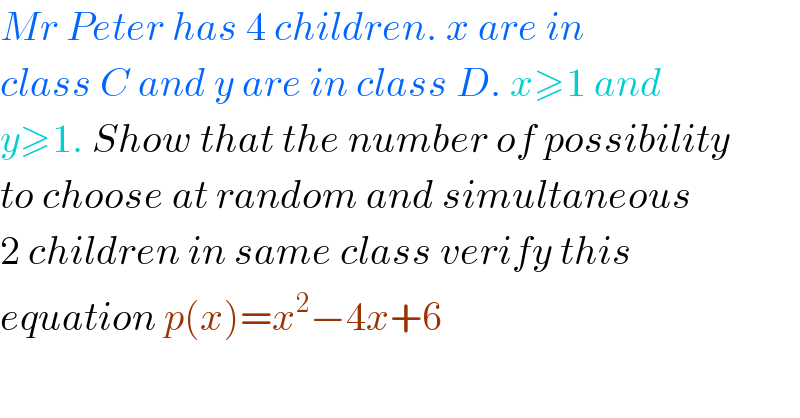
Question and Answers Forum
Question Number 97323 by mathocean1 last updated on 07/Jun/20

Answered by mr W last updated on 07/Jun/20

| ||
Question and Answers Forum | ||
Question Number 97323 by mathocean1 last updated on 07/Jun/20 | ||
 | ||
Answered by mr W last updated on 07/Jun/20 | ||
 | ||
| ||